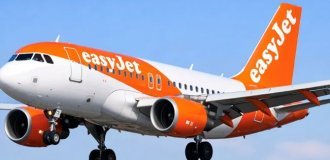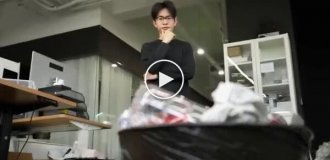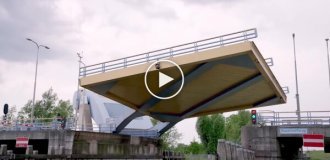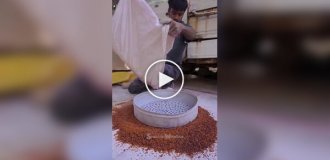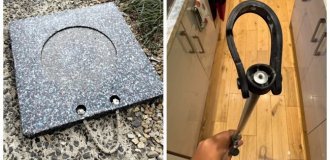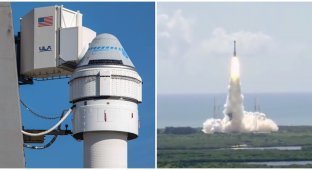NASA fears that astronauts will be stuck on the ISS due to a breakdown of the Boeing Starliner (3 photos)
The ship was found to have helium leaks and engine problems. 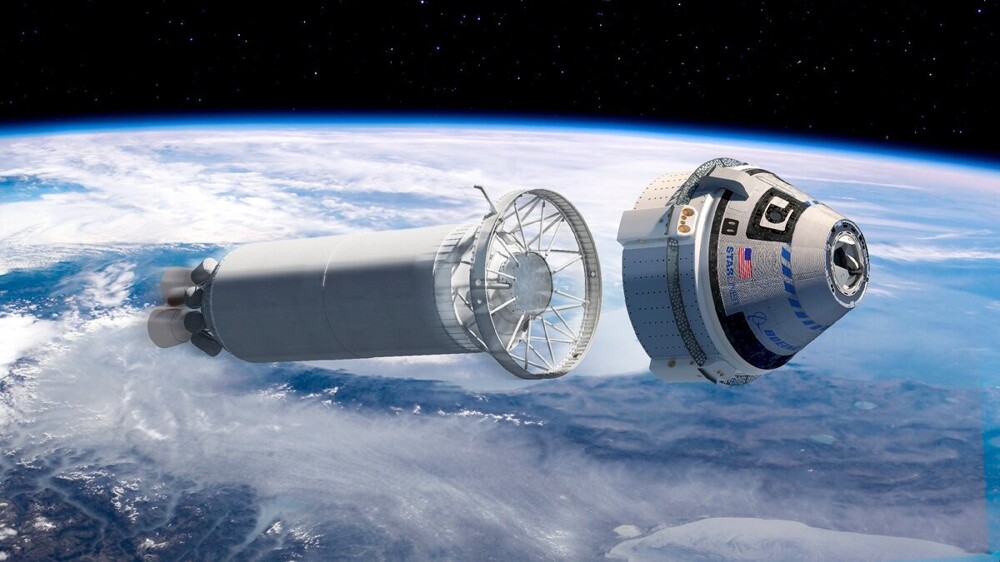
NASA may have to launch an operation to rescue the crew of the Boening CST-100 Starliner spacecraft, Western media write. It's all about helium leaks and problems with engines.
It is noted that NASA knew about a minor helium leak even before the launch of the spacecraft on June 5, but experts considered this an isolated incident that would not affect the mission in any way. However, immediately after takeoff, two more leaks were discovered, one of which was quite large - 28 kg per square centimeter per minute. Another leak was discovered after docking with the ISS on June 6, and the last one on June 10. Among other things, four engines failed during the flight. Now experts fear that the crew, who arrived at the ISS for 8 days with the main goal of proving the safety of using the new ship, will be stuck on the ISS until rescuers are sent to pick them up.
"Experts say NASA could be forced to launch a rescue mission, which would be a huge blow for Boeing, which has been plagued by problems with its commercial jets," the Daily Mail writes. 
University of Southern California professor Mike Gruntman expressed regret that Boeing continues to encounter problems with Starliner after a long delay in takeoff (the launch was planned for May 6, but was postponed by a month).
"For decades, Boeing has been one of the most respected aerospace and defense companies. This is a true national tragedy," Gruntman said. 
NASA astronauts Butch Wilmore and Suni Williams were the first in history to reach the ISS on a Boeing ship.
Let us note that Boening does not yet see any reason to panic. Company representatives note that they have everything under control.
"The joint NASA and Boeing Starliner mission control team monitors the health of the spacecraft and adheres to mission flight rules. Even with this very small helium leak discovered after docking before the system was shut down, we determined that we have approximately 70 hours of autonomous flight, and we continue to provide full redundancy for all critical systems,” the company said.


